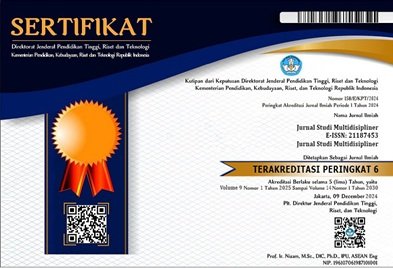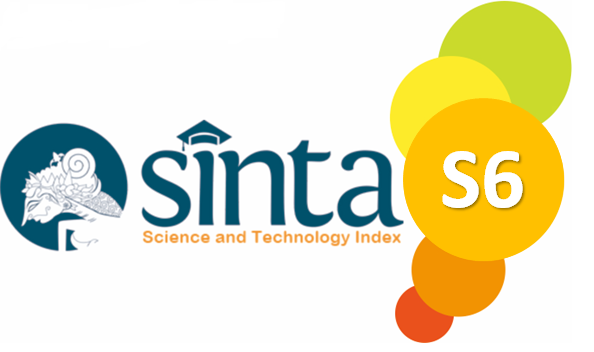SEJARAH UMAT ISLAM DAN DINAMIKA SOSIAL POLITIK KOMUNITAS MORO DI FILIPINA SELATAN
Kata Kunci:
Fhilipina, Islam, SejarahAbstrak
Artikel ini membahas sejarah perkembangan Islam di Filipina Selatan, khususnya pada komunitas Muslim Moro, yang memiliki akar peradaban Islam sejak abad ke-13. Melalui jalur perdagangan dan dakwah, Islam berkembang pesat di wilayah Sulu, Mindanao, dan sekitarnya, kemudian membentuk kekuatan politik melalui berdirinya Kesultanan Sulu dan Kesultanan Mindanao. Namun, penetrasi kolonial Spanyol, disusul Amerika Serikat, mengubah konstelasi sosial-politik umat Islam dan menempatkan mereka sebagai kelompok minoritas yang termarginalkan. Kondisi tersebut berlanjut setelah Filipina merdeka, menciptakan ketegangan berkepanjangan antara pemerintah pusat dan masyarakat Moro. Penelitian ini menggunakan metode studi sejarah melalui penelusuran literatur untuk menelaah proses islamisasi, dinamika perlawanan, serta lahirnya gerakan separatis seperti MNLF, MILF, dan Abu Sayyaf. Temuan kajian menunjukkan bahwa identitas keislaman menjadi basis perlawanan dan simbol konsolidasi sosial-politik umat Moro dalam mempertahankan budaya, agama, dan wilayahnya. Upaya perjanjian damai, termasuk keterlibatan Indonesia sebagai mediator, menggambarkan bahwa konflik Moro tidak hanya bersifat nasional, tetapi juga terkait dengan solidaritas dunia Islam. Pada akhirnya, perjuangan Moro merupakan refleksi atas tuntutan keadilan, pengakuan identitas, dan upaya memperoleh otonomi yang berdaulat dalam kerangka negara Filipina.
This article discusses the history of the development of Islam in the Southern Philippines, particularly in the Moro Muslim community, which has its roots in Islamic civilization since the 13th century. Through trade and da'wah, Islam flourished in the provinces of Sulu, Mindanao, and its surroundings, then formed a political power through the establishment of the Sultanate of Sulu and the Sultanate of Mindanao. However, Spanish colonial penetration, followed by the United States, changed the socio-political constellation of Muslims and placed them as a marginalized minority group. This continued after the Philippines' independence, creating prolonged tensions between the central government and the Moro people. This research uses the method of historical study through literature search to examine the process of Islamization, the dynamics of resistance, and the birth of separatist movements such as the MNLF, MILF, and Abu Sayyaf. The findings of the study show that Islamic identity is the basis of resistance and a symbol of the socio-political consolidation of the Moro community in defending their culture, religion, and territory. The peace treaty effort, including Indonesia's involvement as a mediator, illustrates that the Moro conflict is not only national, but also related to the solidarity of the Islamic world. In the end, the Moro struggle is a reflection of the demands for justice, recognition of identity, and the effort to obtain sovereign autonomy within the framework of the Philippine state. Keywords: Philosophy, Islam, History.





